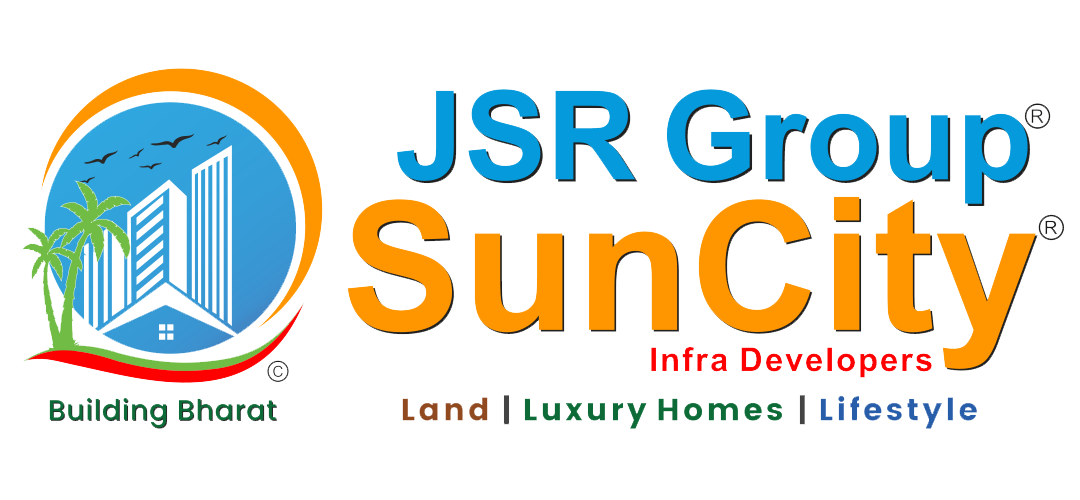Hyderabad, – The Telangana government has unveiled a new green belt initiative designed to preserve urban greenery and address pollution concerns. This strategic move is set to introduce zoning regulations that will have a significant impact on the development potential of open plots near these protected green belt areas.
Details of the Green Belt Initiative
The Telangana government’s green belt initiative aims to:
- Preserve Urban Greenery: The initiative seeks to protect and expand green spaces within the urban environment, creating buffer zones around existing parks, forests, and natural habitats.
- Combat Pollution: By maintaining and increasing green areas, the initiative aims to improve air quality and reduce urban heat islands, contributing to a healthier urban ecosystem.
- Implement Zoning Regulations: New zoning regulations will restrict certain types of development near green belt areas to prevent encroachment and ensure the protection of these crucial spaces.
Impact on Hyderabad’s Open-Plot Real Estate Market
The introduction of the green belt initiative and its associated zoning regulations will have several implications for Hyderabad’s open-plot real estate market:
- Restrictive Development Opportunities: Open plots located near designated green belt areas will face stricter development regulations. This could limit the types of projects that can be undertaken, potentially reducing the appeal of these plots for certain types of development.
- Increased Demand for Green-Certified Projects: Developers will need to adapt to new regulations by focusing on green-certified or environmentally friendly projects. Open plots that align with these sustainable practices may become more attractive to buyers looking for eco-friendly development opportunities.
- Rising Property Values in Protected Areas: As green belt areas are preserved and enhanced, the value of open plots within or adjacent to these zones may increase due to their proximity to valuable green spaces. Properties near these protected areas are likely to be in high demand, driven by the desire to live close to nature.
- Shift in Investment Focus: Investors may shift their focus to open plots located outside of green belt zones to avoid regulatory restrictions. This could lead to increased activity in areas further from the green belt, potentially altering market dynamics and influencing land values.
- Enhanced Market Appeal for Residential Projects: Residential projects that incorporate green space and sustainable design will likely gain popularity. Open plots in areas where developers can integrate green features and comply with regulations may see increased interest and higher market values.
- Impact on Future Urban Planning: The green belt initiative will shape future urban planning and development strategies. Developers and investors will need to consider these new regulations when planning projects, affecting decisions on land acquisition and project design.
- Potential Increase in Compliance Costs: Adhering to new zoning regulations and sustainability requirements may increase development costs. Open plots in areas subject to stringent green belt regulations might experience higher costs for compliance, which could affect overall project feasibility.
- Development of Green Infrastructure: The government’s focus on green infrastructure will likely lead to the development of parks, trails, and other amenities within green belt areas. Open plots near these infrastructure projects may see an increase in demand due to the added value of nearby recreational and environmental benefits.
- Long-Term Market Stability: The preservation of green spaces contributes to long-term urban sustainability and quality of life. Open plots in well-planned green belt areas may benefit from stable market conditions and sustained value appreciation over time.
- Potential for Community-Driven Projects: The emphasis on urban greenery may encourage community-driven and participatory development projects. Open plots that support community-focused green initiatives could gain favor, aligning with the public’s interest in maintaining healthy urban environments.
Conclusion
Telangana’s green belt initiative represents a significant shift towards preserving urban greenery and improving environmental quality. While the new zoning regulations may impose restrictions on the development of open plots near green belt areas, they also create opportunities for sustainable and community-driven projects. Investors and developers will need to navigate these changes carefully, considering both the challenges and benefits of developing land in proximity to protected green spaces. The initiative is poised to reshape Hyderabad’s real estate landscape, driving new trends in sustainability and urban planning.
For more updates, visit Telangana Today and The Hindu Business Line (Telangana Today). Back





